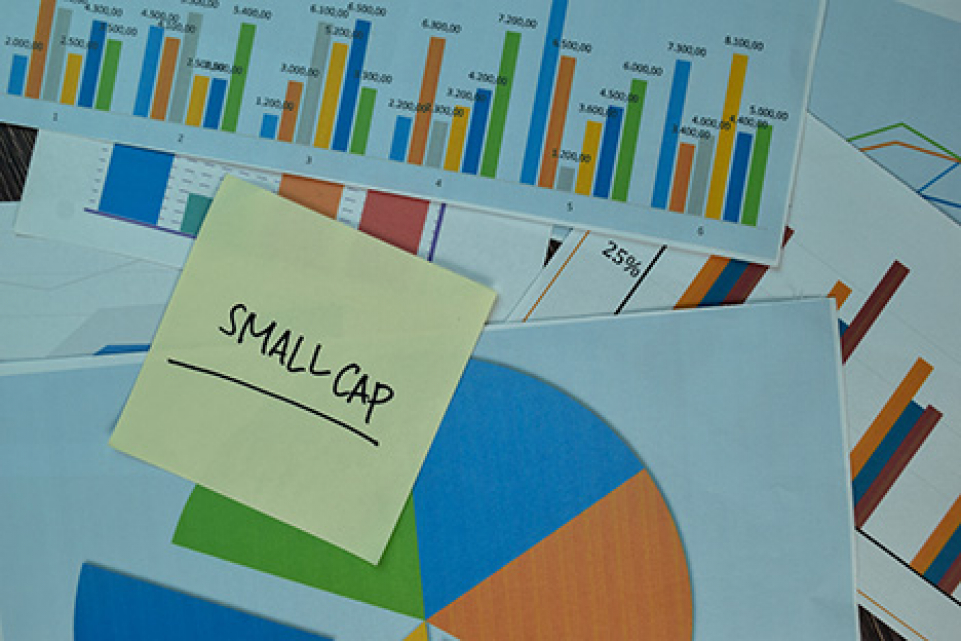History Is Repeating Itself in the Small Cap Sector
In April 2020, historical data told us that it was an incredible time to be buyers in the small cap sector. (See the case I made here.)
At that time, the five-year annualized return from the Russell 2000 was a negative 0.2%. That was an incredibly rare situation.
In the 40-year history of the Russell 2000 Index of small cap stocks, it had ended a month with a negative five-year annualized return only 21 times.
More importantly, the historical data told us what was about to happen next…
From those 21 month ends, the future reward from owning small cap stocks was incredible.
On average, the one-year return was 40.8%…
The three-year return was 22.1%…
And the five-year return was 18.3%.
In the months and years that followed that negative return in April 2020, small caps performed even better than expected.
More than a year and a half after I published that article on April 14, the small cap sector – represented by the iShares Core S&P Small-Cap ETF (NYSE: IJR) – had doubled!
The iShares Core S&P Small-Cap ETF is not just one company but rather a widely diversified index that consists of 600 different stocks from all of America’s industries.

Opportunity knocked, and anyone who answered was extremely well rewarded.
Since then, though, small caps have gone into another lull. From November 2021 to now, the sector is actually down more than 12%.

With this decline, the small cap sector has become extremely inexpensive relative to its historical valuations.
On a forward price-to-earnings basis, small caps ended last year cheaper than they have been since the early 1990s.
Cheaper even than they were during the market crash in the spring of 2020…
Cheaper than they were at the bottom of the financial crisis in early 2009…
Cheaper than when the tech bubble imploded in 2000…

Unquestionably, this valuation presents a nice entry point for small caps.
The sector has had a bit of a bounce so far in 2023 since this data point was established. But small caps are still very attractively valued and should perform well over the next five-year period.
If I had been a little sharper and jumped on this opportunity before the market bounced in January, I would have rated the iShares Core S&P Small-Cap ETF as “Extremely Undervalued.”
Where it stands today, though, The Value Meter ranks the iShares Core S&P Small-Cap ETF as “Slightly Undervalued.” I would be an eager buyer on any pullback in the market.

Ladies and gentlemen, I am happy to announce that it’s that time of year again! That’s right. It’s time…
Copyright © 2024 Retiring & Happy. All rights reserved.







